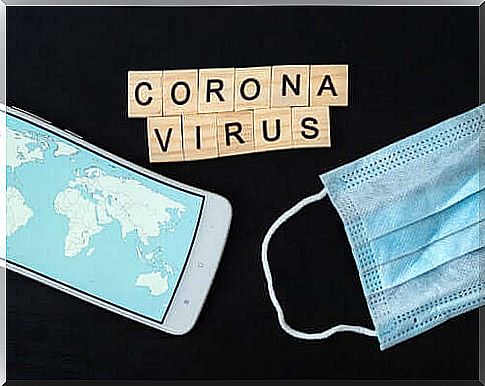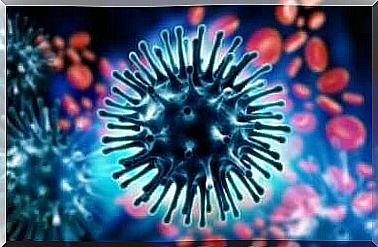The Symptoms Of The Coronavirus: What You Should Know About Them!
The spread of the coronavirus around the world has resulted in a deluge of information, but there is also a lot of misinformation to be found. Therefore, in today’s article we will go into more detail about the symptoms and how they can be identified.

The number of people infected by coronavirus is increasing every day around the world. The security and control measures are becoming more and more strict and appropriate protocols must be implemented consistently if there is a suspicion of infection. Today’s article is about the symptoms of the coronavirus that everyone should identify right away.
We have the extreme case of Italy in mind: The whole country is under quarantine and the citizens’ freedom of movement is strictly limited. Nobody is allowed to cross the borders. The economic consequences of this global crisis are drastic.
The various health authorities in the affected countries must take quick and efficient measures, draw up guidelines for correct behavior, mobilize health professionals and inform the population. In some countries, strict protocols are mandatory and are monitored by the police. In other countries, these are just recommendations that citizens should follow in order to contain the spread of the virus as much as possible. The voluntary quarantine is intended to limit the risk.
It is obvious that in a globalized world no region of our planet is spared. The pandemic is spreading rapidly through various communication channels and movements, which is why more and more means of communication are blocked.
Information about the coronavirus is also spreading quickly via social networks, unfortunately many of them are false reports or half-truths. For this reason, the World Health Organization (WHO) has published a document to educate the population about false rumors.
What is the coronavirus?
Before we go into more detail about the symptoms of the coronavirus, let’s briefly consider the characteristic properties of this pathogen. If we know his behavior, we can better protect ourselves from it.
Coronaviruses have been around for a long time, but we are talking about a very specific virus within this group, which has now been baptized with the name COVID-19. This virus was first reported in Wuhan, China, in late 2019.
To date, there have been three dangerous outbreaks of various coronaviruses that have been transmitted to humans, including COVID-19. We all still remember the SARS coronavirus (Severe Acute Respiratory Syndrome).
Coronaviruses are often transmitted between animals and are relatively well documented. But this new strain is now affecting humans as well and is also highly contagious between humans. That is why it is spreading rapidly and has now developed into a pandemic.

Contagion through COVID-19
The infection by this new coronavirus occurs through a droplet infection, i.e. through the pathogen-containing secretion that is released, for example, when coughing, sneezing or speaking. This is how the virus spreads and then penetrates the mucous membranes of the new host.
The infected droplets can also survive on a surface for a period of time. If someone touches this surface during this time and then the hand comes into contact with the mucous membranes (e.g. eyes, nose or mouth), an infection is possible.
Although the coronavirus has also been found in patients’ stools, the studies suggest that it is very unlikely to be transmitted in this way.
Coronavirus symptoms
How do I know if I have already contracted COVID-19? Which symptoms can I recognize early on? We know it is a droplet infection and the symptoms are similar to those of ordinary flu.
The main symptoms of the coronavirus are:
- fever
- Dry cough
- Shortness of breath
- Tiredness and exhaustion
Other, less common and milder symptoms that may also occur are: rhinorrhea (discharge of thin nasal secretions), odinophagia (difficulty swallowing with a sore throat) and diarrhea. Some people have no symptoms at all, but they are carriers of the virus.
Around 15 to 20 percent of those infected develop serious symptoms. In general, these are elderly and sick people with comorbidities such as diabetes, high blood pressure, obstructive pulmonary disease or immunosuppression.

Coronavirus symptoms: when do I need to see a doctor?
If you suffer from one or more of the mentioned symptoms of the coronavirus and know that you have had contact with an infected person or have been in a risk area, you should definitely call your doctor by phone and follow their instructions. It is important to identify the disease as quickly as possible and to analyze whether a quarantine is necessary.
If you suffer from chronic illnesses or immunosuppression, or if you belong to the risk group due to age, you should react immediately if you have a fever or other symptoms. We must not forget that the mortality rate among people at risk is relatively high.
You don’t need to panic right away, just be careful. Follow all precautionary measures and, if necessary, opt for a voluntary quarantine. It’s about slowing the spread of COVID-19 as much as possible.









